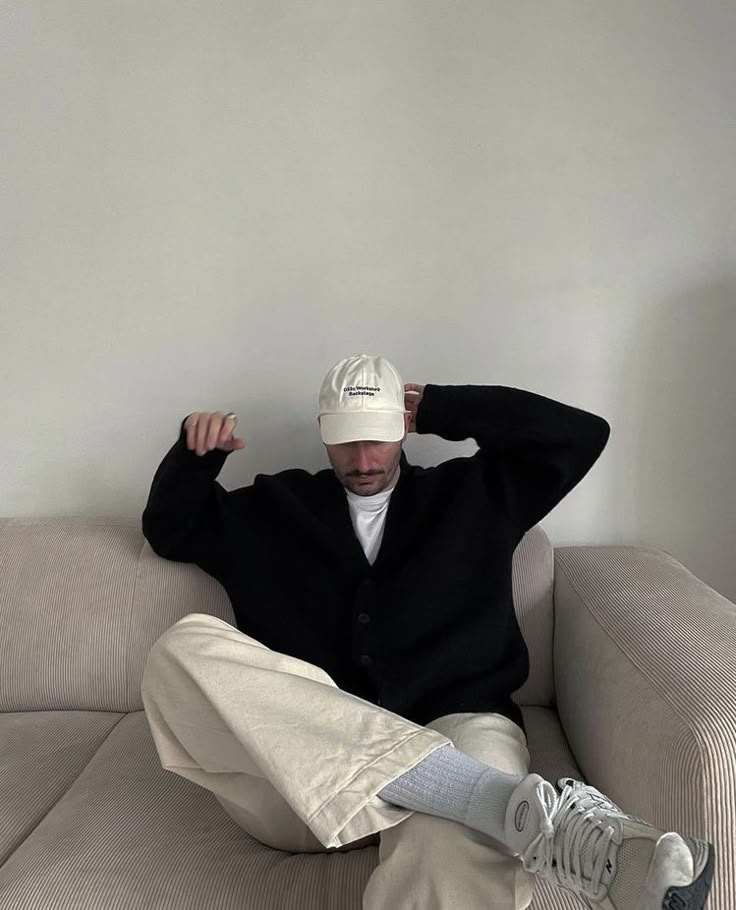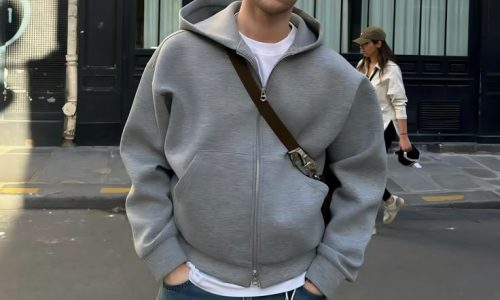
Minimalist Fashion 2025: The Art of Less Is More
Introduction
In a world overflowing with choices, colors, and constant stimulation, minimalist fashion has emerged as a refreshing counterbalance. The 2025 fashion landscape is witnessing a powerful return to simplicity, purpose, and refined elegance. “Minimalist Fashion 2025: The Art of Less Is More” captures this aesthetic movement that champions clarity over clutter and quality over quantity. More than just a style, minimalism in fashion is becoming a lifestyle philosophy that embraces intentionality, sustainability, and timeless design. This article explores how minimalist fashion in 2025 is reshaping the way people think about their wardrobes, self-expression, and consumption.
The Rise of Minimalist Fashion in 2025
Minimalism in fashion is not a fleeting trend but a conscious rebellion against the chaos of fast fashion. In 2025, it’s clear that consumers are seeking to declutter their lives and wardrobes by focusing on garments that offer longevity, versatility, and aesthetic balance. This shift is supported by fashion houses and emerging designers who are embracing streamlined silhouettes, neutral palettes, and premium materials to create pieces that stand the test of time. The minimalist movement is particularly strong among Gen Z and Millennials, who are redefining success through sustainability, mindful spending, and personal authenticity. Their purchasing habits reflect a deeper connection to pieces that align with their values and their vision for a better world.
Signature Elements of 2025’s Minimalist Aesthetic
The minimalist aesthetic of 2025 is characterized by clean lines, refined tailoring, and a neutral-to-earth-toned color palette. The pieces exude effortlessness and quiet sophistication. Structure plays a vital role in minimalism—boxy blazers, column dresses, and high-waisted trousers are meticulously designed to flatter the human form without unnecessary embellishments. The focus is not on trends but on silhouettes and details that are timeless. Materials are carefully chosen not only for their tactile quality but for their ethical sourcing and durability. Cotton blends, organic linens, recycled fabrics, and innovative sustainable textiles contribute to the overall ethos of minimalism in fashion. Accessories are also kept minimal—functional, elegant, and integrated seamlessly into the overall look rather than drawing attention to themselves.
The Influence of Sustainability and Ethical Production
Minimalism and sustainability are intrinsically linked. In 2025, minimalist fashion is driving an industry-wide commitment to ethical sourcing and eco-friendly practices. Consumers demand transparency from brands regarding how their garments are made, where the materials come from, and who is making them. Brands responding to this demand are using supply chains that are traceable, ensuring fair labor practices and reducing environmental impact. Slow fashion aligns perfectly with the minimalist mindset—investing in fewer, higher-quality pieces rather than mass-producing disposable garments. Designers are also using circular fashion principles to extend product life cycles, including repair programs, clothing recycling, and take-back initiatives.
Building a Minimalist Wardrobe for Modern Living
Curating a minimalist wardrobe involves thoughtful selection rather than accumulation. The goal is to build a collection that serves multiple functions across various settings—professional, casual, and social. Staples like tailored blazers, versatile shirts, well-fitted denim, monochrome outerwear, and sleek footwear become the foundation of minimalist dressing. Each item is chosen for its ability to be styled in multiple ways without feeling repetitive. Texture, fit, and subtle design nuances replace loud prints and logos. The minimalist wardrobe is also size-conscious—neither overflowing nor insufficient, reflecting a harmonious balance that mirrors the wearer’s lifestyle and aesthetic clarity.
Gender-Neutral and Inclusive Minimalism
Minimalist fashion in 2025 embraces inclusivity and fluidity. The rejection of unnecessary details makes minimalist pieces naturally adaptable to various body types and gender identities. Designers are creating garments that prioritize comfort, self-expression, and identity over traditional gender norms. Flowy tunics, oversized shirts, and tailored separates offer freedom of movement and style without enforcing stereotypes. Size-inclusive collections and adaptive designs also ensure accessibility for all. The universal appeal of minimalist fashion lies in its ability to be both personalized and universally flattering, making it an inclusive trend that reflects the diversity of modern society.
The Role of Technology in Enhancing Minimalist Design
Technology is playing an important role in shaping minimalist fashion in 2025. From 3D body scanning for precision tailoring to AI-assisted pattern cutting that reduces fabric waste, innovation is reinforcing the minimalist ethos. Smart fabrics with thermoregulating or stain-resistant properties add function without complicating form. Digital fashion design tools allow for rapid prototyping and refinement, enabling designers to perfect minimalist silhouettes with exceptional accuracy. Augmented reality fitting rooms, virtual closet planners, and intelligent wardrobe apps are helping consumers make smarter decisions, reducing overconsumption and promoting wardrobe longevity. In this new age, technology is not an intrusion but an enabler of a cleaner, more purposeful approach to fashion.
Cultural Shifts Toward Minimalist Values
Beyond aesthetic preference, minimalist fashion in 2025 reflects broader societal shifts. As individuals seek clarity and meaning in an increasingly noisy world, their choices in clothing echo their inner values. The growing popularity of capsule wardrobes, decluttering trends, and digital detoxes parallels the adoption of minimalist fashion. It’s about stripping away the excess to focus on what truly matters—comfort, confidence, and connection. Cultural icons, influencers, and even corporate dress codes are embracing pared-down elegance, reinforcing the idea that less can indeed be more. The quiet power of minimalist dressing lies in its ability to communicate sophistication without shouting.
Future Outlook: The Enduring Allure of Minimalism
Looking ahead, minimalist fashion is not just surviving but thriving. As consumers become increasingly aware of their impact on the planet and more deliberate in their spending habits, minimalism offers a compelling path forward. The fashion industry is expected to continue evolving towards slower cycles, smaller collections, and stronger commitments to ethics and sustainability. Innovation will remain a driving force, but it will be guided by restraint and responsibility rather than novelty for novelty’s sake. In this future, minimalist fashion becomes a lasting philosophy, not a passing phase—a commitment to beauty, functionality, and integrity in every thread.
Conclusion
“Minimalist Fashion 2025: The Art of Less Is More” is more than a stylistic concept; it’s a reflection of a conscious, contemporary way of life. Rooted in sustainability, elevated by design, and driven by intention, minimalist fashion speaks to a generation that values authenticity, balance, and purpose. By choosing quality over quantity, essentials over excess, and elegance over extravagance, modern consumers are not only redefining style but also reshaping the industry itself. Minimalism isn’t about having less—it’s about making room for more of what truly matters.


